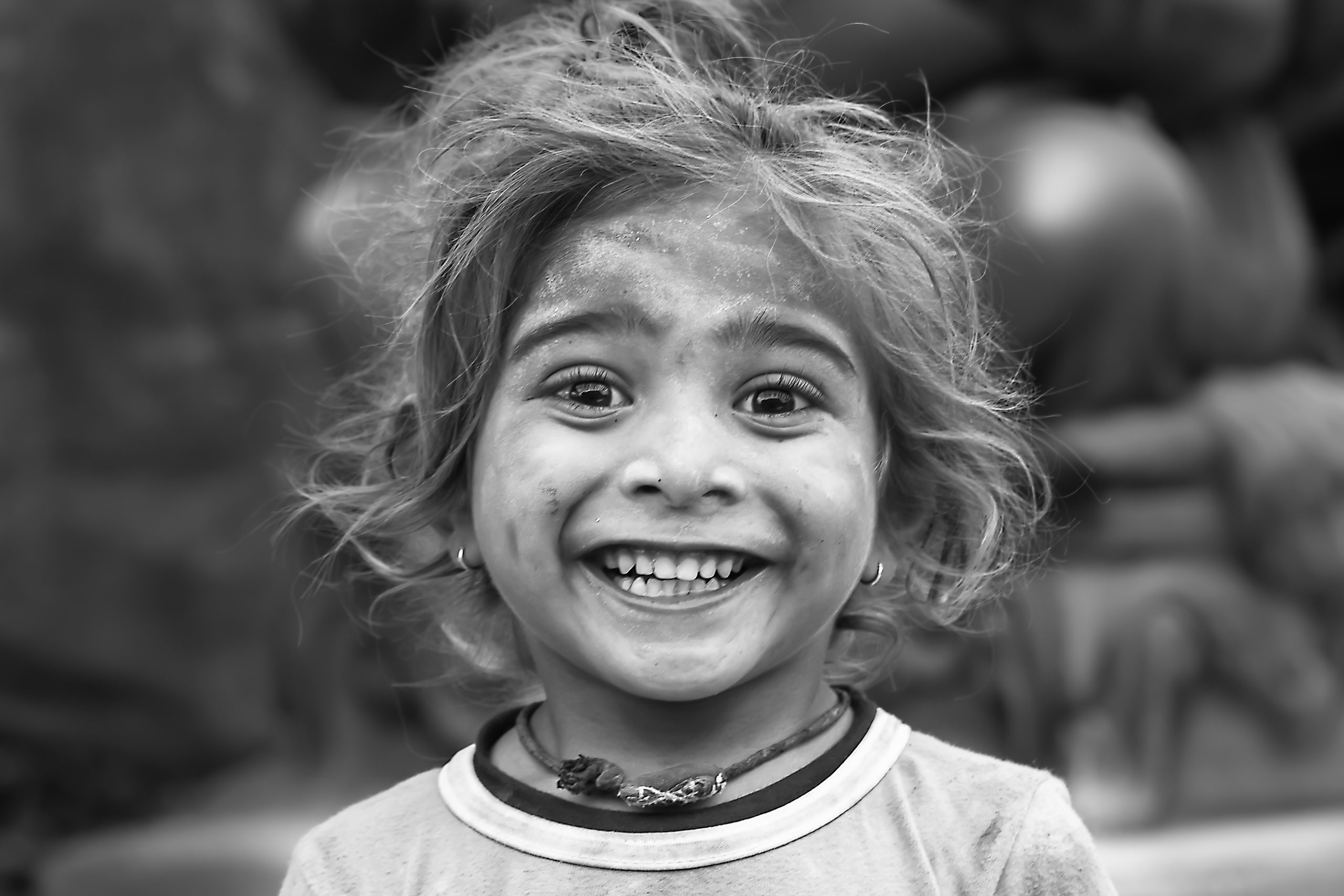

40% of India’s population is below the age of 18 years which at 472 million is the world’s largest child population. The Convention on the Rights of the Child defines a “child” as a person below the age of 18, unless the relevant laws recognize an earlier age of majority.
There statistics stating that
